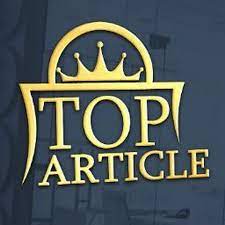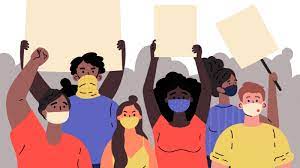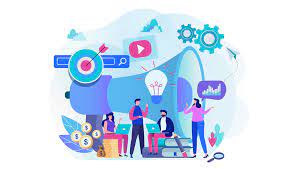In the dynamic world of social media, educators are taking center stage on platforms like TikTok to share their passion for teaching, innovative classroom strategies, and snippets of their daily lives to educate and entertain. These teacher influencers are redefining traditional approaches to education, making learning more accessible and enjoyable for students across the globe.
The Rise of Teacher Influencers
Teachers have begun to carve out a significant niche on TikTok, turning their classrooms into stages for viral edu-content. From showcasing clever mnemonic devices to sharing heartwarming student interactions, these educators are gaining massive followings. They use humor, creativity, and personal flair to convey educational material in a way that resonates with a generation that thrives on digital content.
Why Students Love Learning on TikTok
The short-form video platform TikTok is tailor-made for the fleeting attention spans of today’s youth. Its fast-paced content delivery model allows teachers to condense complex topics into digestible bites that make learning fun and engaging. With trending music and challenges, educators can craft lessons that feel more like entertainment than education.
Highlighting Trending Teachers of TikTok
1. “Science Babe” – With her intriguing science experiments and cool trivia, Science Babe demystifies the world of molecules and chemical reactions for her followers.
2. “Mr. History” – Combining his love for history and storytelling, Mr. History brings historical events to life through captivating narratives and dramatic reenactments.
3. “Math Whiz” – Through step-by-step tutorials set to catchy tunes, Math Whiz simplifies complex equations and makes algebra something students can actually look forward to.
4. “Grammar Queen” – With her quick-witted approach to English language rules, Grammar Queen turns what is often viewed as mundane into delightful mini-lessons.
5. “Lit Teacher” – Exploring the depths of literature, Lit Teacher creates thematic videos that delve into character analysis and plot theories that leave book lovers yearning for more.
The Educational Impact
As these trending teachers continue to grow in popularity, they also innovate how education is delivered outside the traditional classroom setting. Their influence extends beyond their own schools; they inspire countless others around the world with their engaging content.
It’s not just students who benefit from these TikTok lessons; fellow educators draw inspiration from them as well, finding new ways to adapt their teaching methods and incorporate technology into their lesson plans.
Conclusion
The trending teachers of TikTok offer an entertaining blend of education, inspiration, and engagement at our fingertips. Their creativity in delivering content never ceases to inspire a love for learning in an era dominated by screens. As they continue to trend on social media platforms, they break barriers in education and prove that learning can happen anywhere—and can be incredibly fun too!











